|
Searching my memory for lasting cultural impressions of the year, a book flashed up with particular insistence—a small, modest-seeming book originally written in French:
Lost Time:Lectures on Proust in a Soviet Prison Camp, by painter and writer Jozef Czapski, translated, edited and introduced by writer and painter Eric Karpeles.
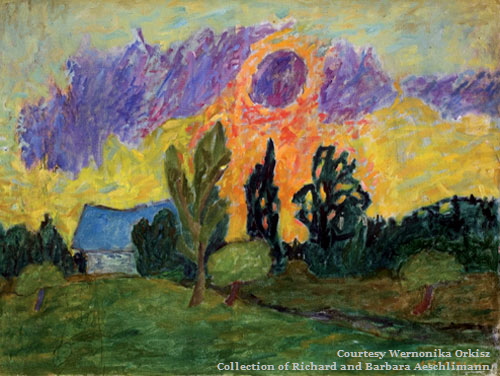
Lost Time gathers five extraordinary talks on Proust’s monumental masterpiece A la recherche du temps perdu (In Search of Lost Time), given in 1941 in Gryazovets, a Soviet prisoner camp 250 miles north of Moscow. Jozef Czapski was in his early forties, a decorated army officer of aristocratic origin, when he gave his talks about Proust to a group of some forty Polish officers at the threshold of starvation and death. In 1939, Poland had been invaded by German and Russian armies, and the Soviets decided to wipe out the leadership of Poland’s army and intelligentsia. Herded into three huge, chaotic camps before their execution, some officers, Czapski among them, gave each other intellectual talks as a way of resisting their dehumanized condition. They did this in secret, under threat of immediate deportation and brutal punishment. A year later, almost all of
them were deported for mass execution: 15,000 of Czapski’s comrades and over 7,000 from other camps were killed at Katyn, in the infamous Katyn massacre, and at other nearby execution sites.
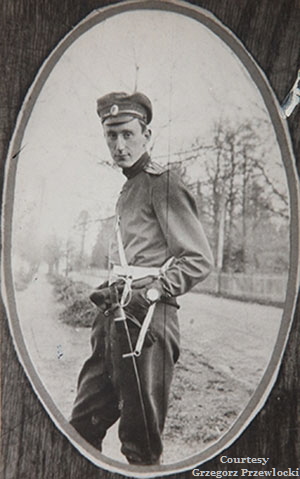 |
Czapski happened to be one of 295 Polish officers who were inexplicably spared from the slaughter. The few survivors had no idea of the destiny of the others when they were sent to Gryazovets, a bombed-out Russian-Orthodox ex-convent. Against hunger, extreme cold, violence and brutal efforts to break down their spirit with constant interrogations, indoctrination, humiliation and blackmail, Czapski and a small group of prisoners resisted once again by giving nightly lectures for each other. The idea was to speak about any topic they were passionate about—anything they could remember from their life in freedom.
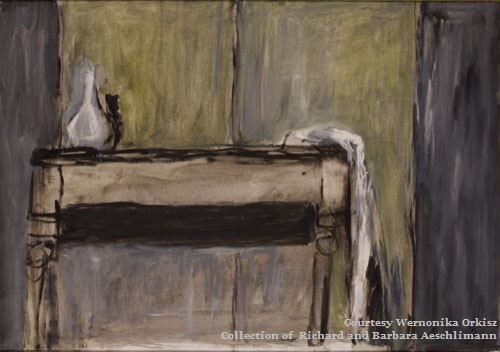
Czapski chose Proust for his talks, sharing his thoughts about
A la recherche purely from memory, with no book at hand. “What Czapski remembered best,” Karpeles comments, “was the quintessential book of remembering. Opening his mind to the narrative’s flow, whole scenes from Proust’s novel eventually resurfaced, in many instances nearly verbatim. Pulling passages out of thin air, Czapski reenacted the very endeavor of A la recherche. ‘After a certain length of time,’ he wrote, ‘facts and details emerge on the surface of our consciousness, which we had not the slightest idea were filed away somewhere in our brains.’” He saw the lectures, Karpeles writes, as “a practical template for survival, (…) stimulating the recovery and retention of personal memories that could protect and defend his
colleagues from the attempt to deprive each of them of a sense of self.”
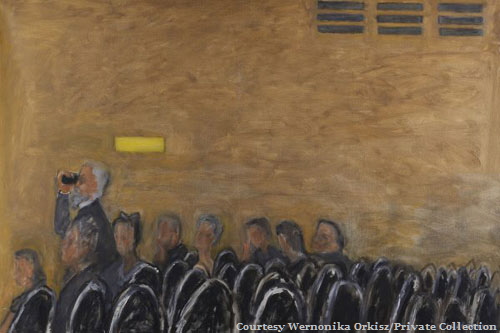
As he had discovered the book in Paris and read it many times in French, Czapski gave his lectures in French—a language the educated Polish officers easily understood. How he and his comrades got permission to hold these talks (under the portraits of Marx, Lenin and Stalin) remains a mystery. Talking about Proust with admiration could have qualified at any moment as bourgeois, anti-revolutionary insurrection and treason. Czapski was even able to dictate the lectures to two of his comrades. These copies were preserved after everyone’s sudden release in 1942, when Nazi Germany attacked the Soviet Union and Stalin decided that a newly gathered Polish army could be of use to him. Czapski, back on military duty, went on an intense search throughout the Soviet Union for his 15,000 fellow Polish inmates who had disappeared without a trace. His memoir about his fruitless, stonewalled search, Inhuman Land: Searching for
the Truth in Soviet Russia 1941-42, was also recently published in English. (The mass graves of Katyn were first discovered in 1943 by the German army and denied by the Soviets until the fall of the Berlin wall.)
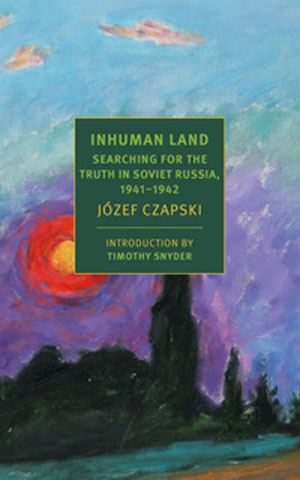
It’s an extraordinary story, told in an erudite and passionate introduction by Eric Karpeles, a painter himself and author of a sumptuous “picture reader,” Paintings in Proust (2008), an assemblage of text and images of over two hundred paintings mentioned in A la recherche. Karpeles discovered by chance a French language edition of Czapski’s prison talks (Proust contre la d√©ch√©ance, 1987) and instantly recognized them as a transcendent testimony to culture and the force of the human spirit. He got fascinated by Czapski and began a five-year research for a biography about the widely unknown painter, memoirist and essayist, who had died in 1993 at age 96. “A combination of willfulness, zeal, and detective skills were needed to track down and gain access to Czapski’s work twenty years after his death,” Karpeles says in the biography. He quotes a
Polish poet, Zbigniew Herbert, for a sense of the magnetism of Czapski and his work: “I understood immediately, though it is hard to explain rationally, something very important had happened: something far more important than an accidental encounter… How to describe this inner state? A suddenly awakened intense curiosity, sharp concentration with the senses alarmed, hope for an adventure and consent to be dazzled. I experienced an almost physical sensation as if someone called me, summoned me.”
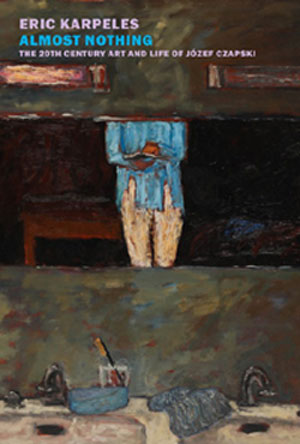
Karpeles translated the prison talks on Proust and published them this fall alongside his extensive biography, Almost Nothing: The 20th Century Art and Life of Jozef Chapski (which I am still reading).
In his introduction to Lost Time, Karpeles follows young Czapski, a penniless painter, to Paris just one year after Proust’s death. At that time, 1924, four of the five parts of A la recherche du temps perdu were already published and everyone was talking about Proust. Czapski at first was unable to appreciate the writer and his obsession with detail—the way, for example, a single high-society party “dragged on for several hundred pages.” However, after falling unhappily in love with another man, he suddenly connected with the narrator, with his ”…despair, the forsaken lover’s anguish at being abandoned by Albertine, the description of all forms of retrospective jealousy, painful memories, feverish investigations, all that psychological insight of a great writer, with its muddle of details and references that
struck right at the heart of me.” Once Czapski began reading Proust for good (helped by a long illness), he never stopped. And, as Karpeles tells in evocative details and anecdotes in both the memoir and Lost Time , he entered the elect circle of Proust’s artist and society friends, was supported by the beautiful Polish salonni√®re Misia Sert and got some help from Picasso and even Gertrude Stein, who bought one of his paintings.
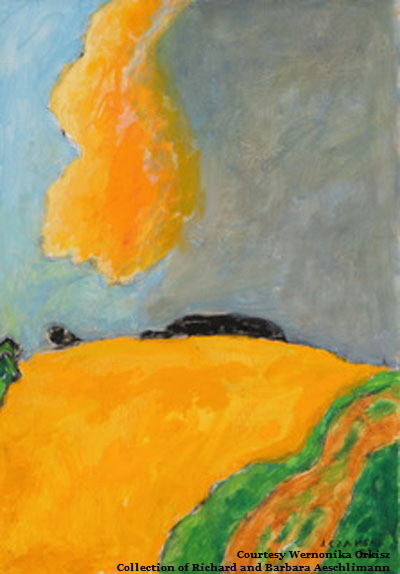
What strikes “right at the heart” of me as a reader is the way one artist, the painter, understands and connects with another artist, the writer, in ways that are not only culturally and intellectually sophisticated, but also deeply personal. Karpeles draws out the connections (which equally involve himself as both artist and writer) and “the vast web of associations”:
“Calling on deep reserves of historical knowledge, he put his critical thinking skills into play and hand-lettered several wide-ranging conceptual diagrams (…) packed with references to artistic movements, historical personages, and fictional characters: with the names of writers, painters philosophers, and musicians; with Proustian icons and biblical allusions. As if throwing a cocktail party for notable ideas, he invited critics, artists, designers, and aristocrats to mix with literary terms (realism, naturalism, romanticism), and decorative arts (stained glass, still life, Gothic sculpture).”
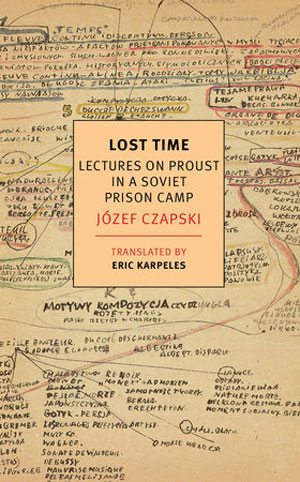
But these complex associations are only a preparatory springboard of ideas for Czapski, whose talks are anything but a dry, intellectual exercise. He lectures in a casual, conversational tone that warms up his listeners slowly and with ease, goes on to evoking and analyzing whole scenes and characters from the book, and he finally focuses on Time Regained, the last of the five parts of A la recherche. He ends with Proust’s death and the transcendence of death through artistic creation—a particularly moving ending, given the life and death situation he and his listeners had to face day after day for almost two years: “All this he sees with new eyes, lucidly, detached, and from a distance; finally he knows what he is meant to do with his life. It’s he, and he alone in this crowd, who will make them all come to life again he knows it with a force of certainty that death has become a
matter of indifference to him.” Death seems to be vanquished by Czapski’s own “rapt wonder” (Karpeles) and passion for art.
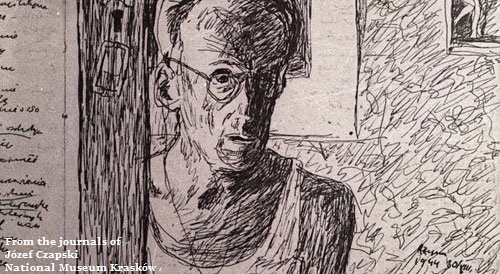
As a result, something intriguing happened to me as the reader: my own remembrance of A la recherche du temps perdu kicked back into place in surprising color and detail, partly similar, but also very different from Czapski’s. I was not aware how acutely I remembered the book, just as Scapski surprised himself (and his audience) by the spontaneous, intuitive path his memories took. I was inspired as much by Karpeles as by Czapski, excited by my own memories, my own Proust. Reading Lost Time, I forgot what in my most recent reading of A la recherche had irritated and sometimes dismayed me: Proust’s pervasive cynicism about human relationships; the dominant, unconvincing heterosexual love affairs of the narrator; the mostly unappealing lesbian and gay allusions; and the discovery that in Proust’s Faubourg St. Germain, in those high-society clubs and salons, banal and
vicious gossip is what is almost exclusively being exchanged.
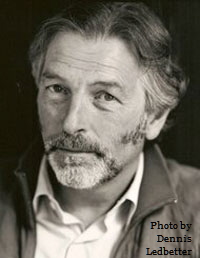
For new Proust readers, this little book makes one of the best possible introductions to the mammoth masterpiece. For repeat readers like me, Lost Time may hold many kinds of revelation, one of them being the challenge to “regain time” by composing in our imagination our own would-be talks about the book. But new and old readers alike may feel summoned like the poet Zbigniew Herbert and experience with “suddenly awakened intense curiosity, sharp concentration with the senses alarmed, hope for an adventure and consent to be dazzled.”
|
|